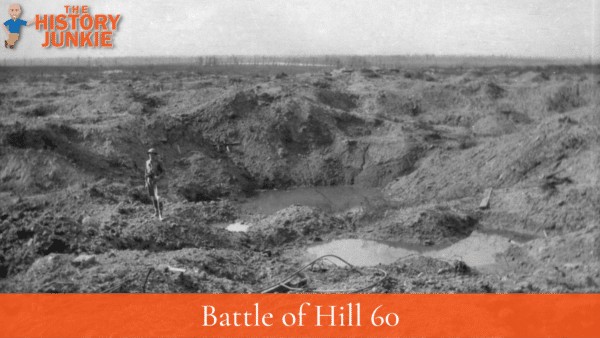The Battle of Hill 60 in World War 1 was led by Anzac commander William Birdwood and was intended to support General Henry de Beauvoir de Lisle's more significant attack on Scimitar Hill on the same day.

Both attacks were a last-ditch effort by the Allies to break out of the Anzac Cove beachhead and link up with the Allied forces at Suvla Bay.
Hill 60, named after its height in meters, was a prominent feature between Anzac Cove and Suvla Bay. The Allies wanted to capture it to improve communications between the two sectors.
Unfortunately, Birdwood's forces were weakened by dysentery, exhaustion, and battle casualties. He could only muster 3,000 troops for the attack.
The Battle
The Allies' reconnaissance of Hill 60 was complex due to Turkish snipers. On the evening of August 21, Cox attacked the western slopes of the hill across a shallow valley.
The attack failed, and the Allies suffered heavy casualties from Turkish machine gun fire. The following morning, the Allies attacked again but were unsuccessful.
Despite the heavy losses, Cox decided to attack again on August 27. After 36 hours of fighting, the Allies captured the Turkish trenches around the hill.
However, the Allies' poor reconnaissance was revealed when a previously unknown Turkish trench line opened fire on Cox's force.
Anzac commander William Birdwood abandoned the attack on the same day. The Allies had suffered 2,500 casualties.
